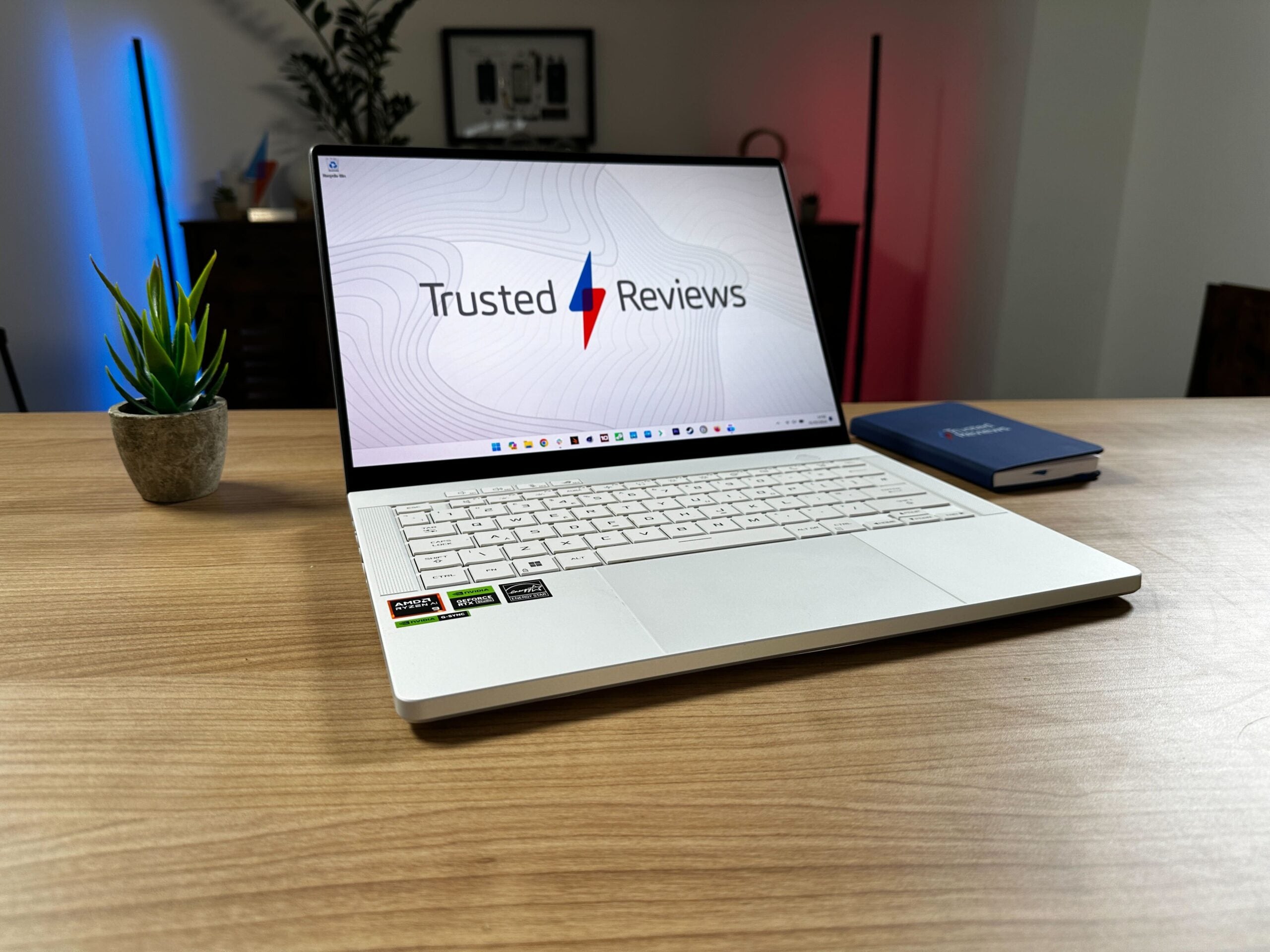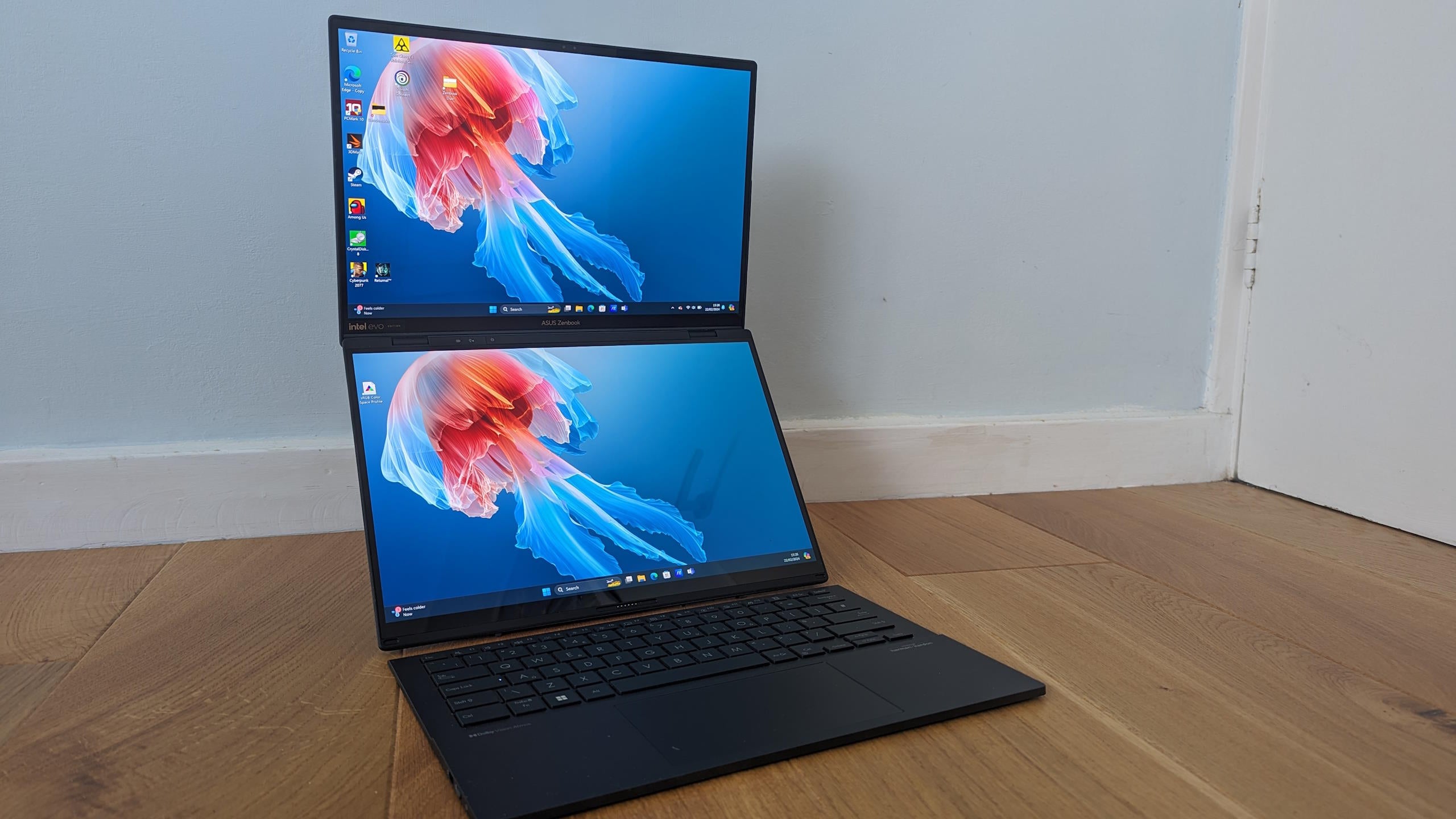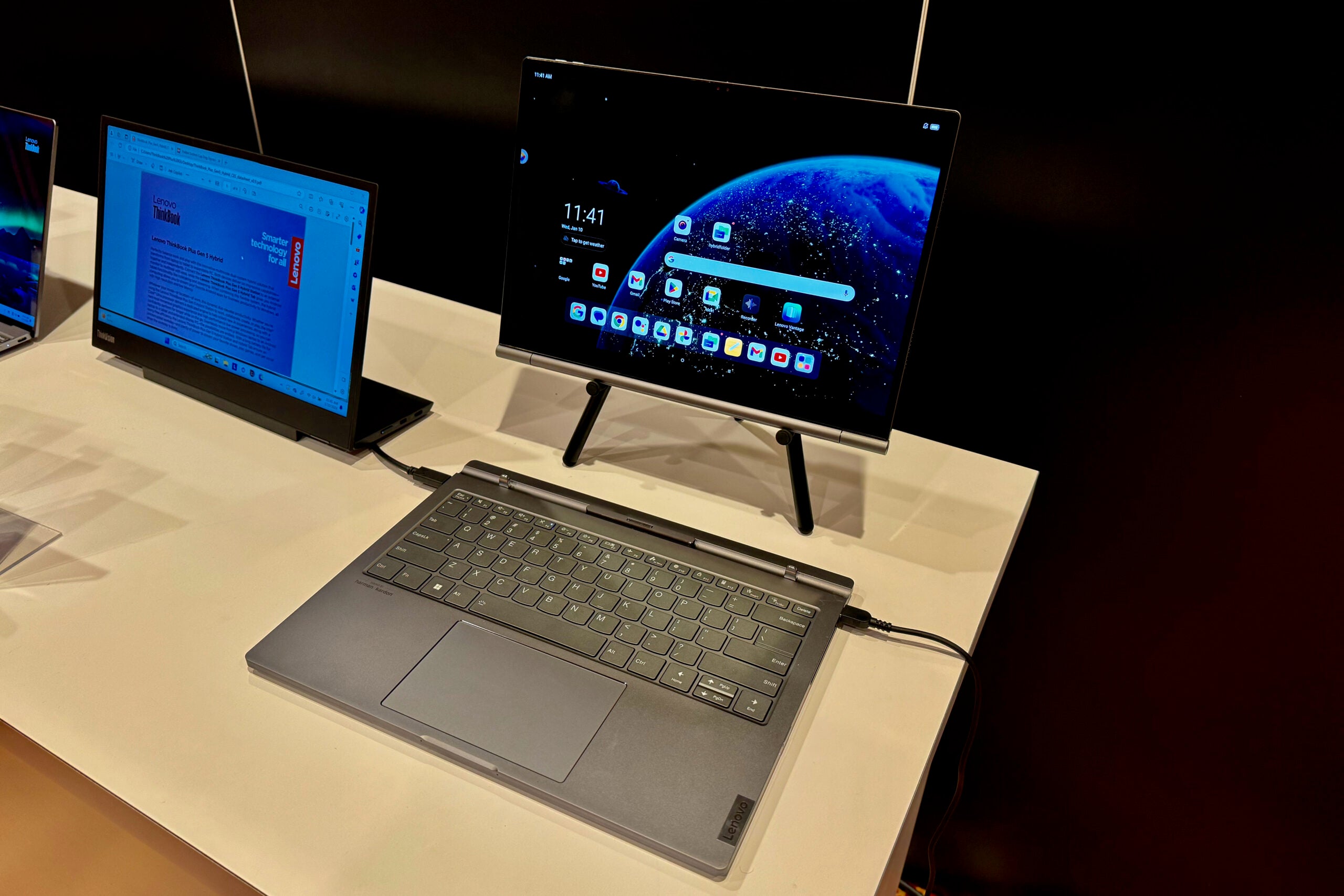First Impressions: Xreal Air 2 Ultra
We go hands-on with the new AR glasses
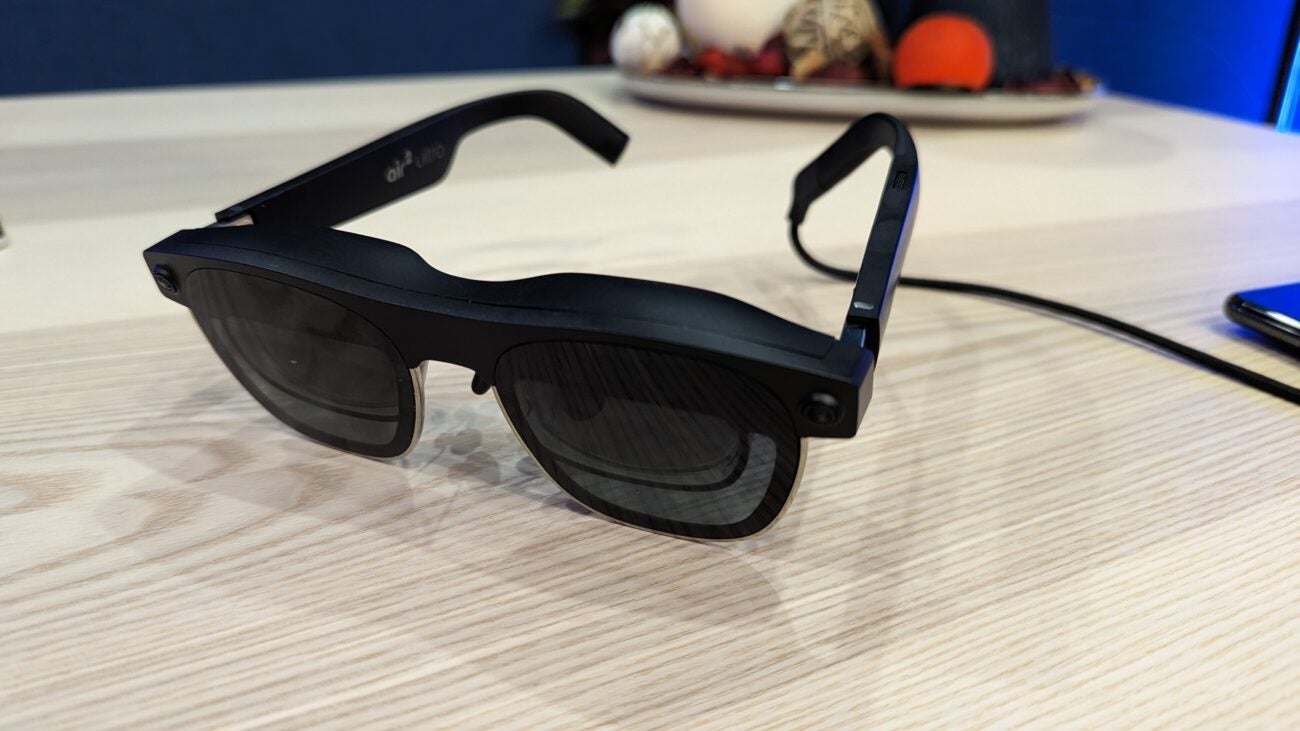
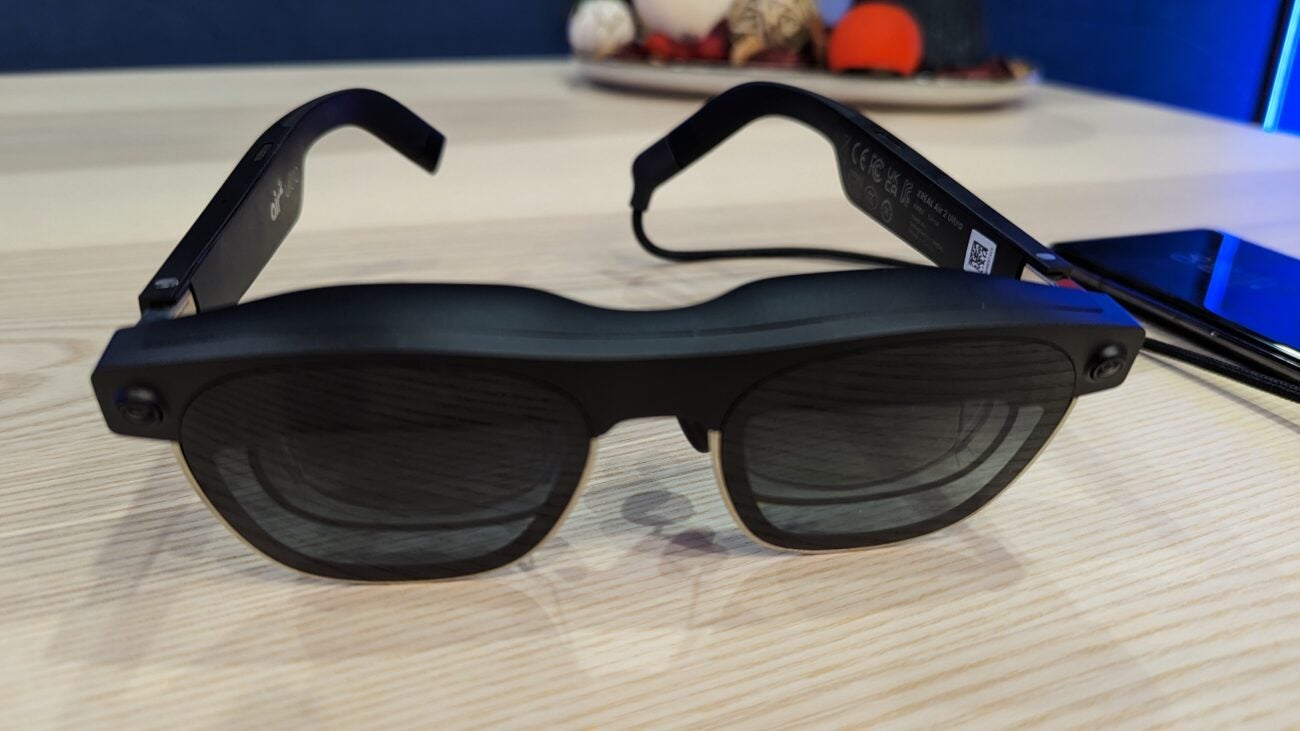
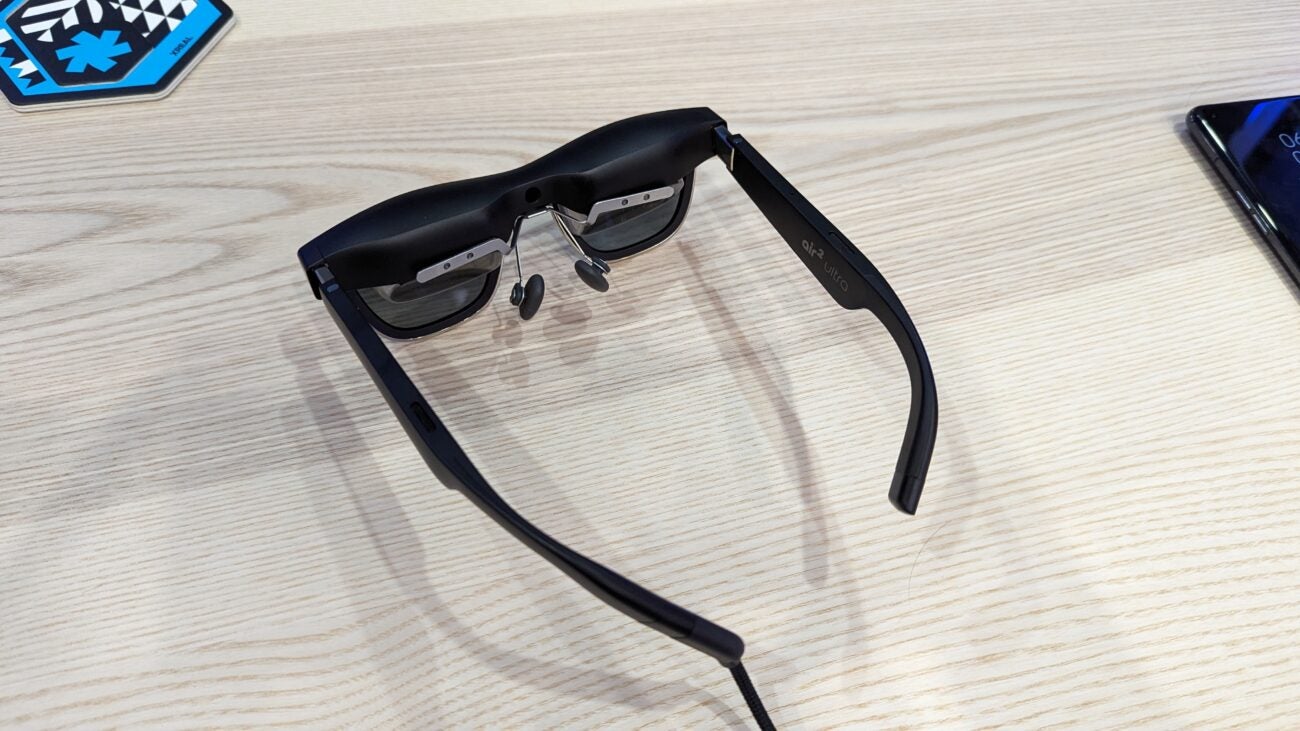
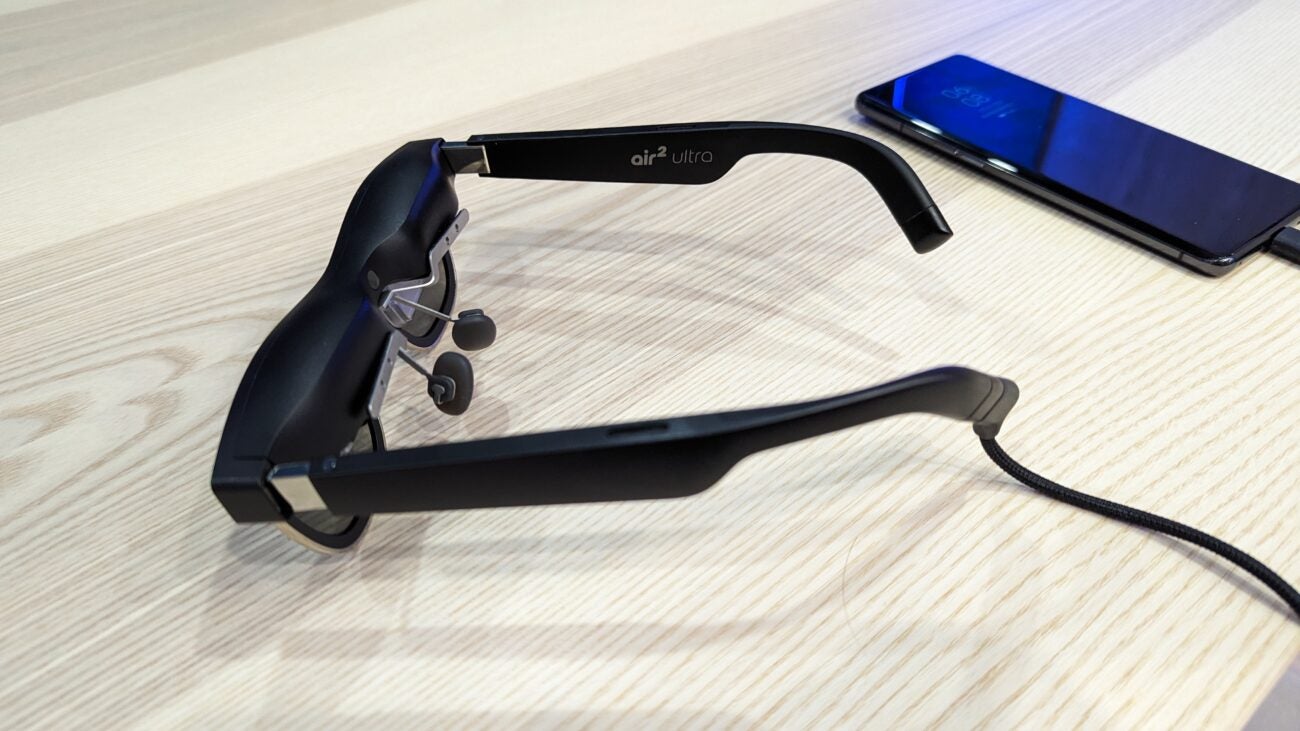
First Impressions
The Xreal Air 2 Ultra promise an affordable gateway to spatial computing, with hand tracking technology allowing you to interact with augmented menus and objects, and a lightweight design you could potentially wear for hours. Questions remain about performance and software, but this looks to be one of the biggest challengers to the Apple Vision Pro yet.
Key Features
- Micro OLED displayUses the same screen technology as the Apple Vision Pro.
- Hand trackingAllows you to navigate menus and interact with virtual objects via your hands.
- Extremely lightweightOnly weighs 80 grams, with a design akin to a standard pair of sunglasses.
Introduction
With the Apple Vision Pro arriving next month, the hype for AR headsets and ‘spatial computing’ is at an all-time high, so there was no surprise to see numerous companies jumping on the bandwagon at the CES 2024 trade show.
I’ve tried on a few different AR devices in the past week, but the one that impressed me the most was the new Xreal Air 2 Ultra. While they may look like a pair of sunglasses, they are packed with AR magic, allowing me to augment a virtual dashboard or movie into my real-world surroundings.
But while there are now plenty of AR glasses that support such functionality, Xreal goes one step further by adding the world’s smallest 3D environment sensors. These cameras enable handtacking, allowing you to interact with augmented menus and objects without the need for controllers.
There’s no computing chip installed inside the Xreal Air 2 Ultra, like with the Apple Vision Pro for example, so you’ll need to connect them to an external device such as a smartphone, laptop or even a handheld gaming device.
The Xreal Air 2 Ultra sounds like a giant leap forward for AR technology then, but can they really compete with the likes of Apple? I went hands on with the AR glasses at CES 2024 to find out. Here are my early thoughts.
Price and Availability
The Xreal Air 2 Ultra are priced at $699. They’re available for pre-order now, with a release date penned in for March 2024.
Design
- Looks like normal pair of glasses
- Weighs just 80 grams
- Features 3D environment sensors for hand tracking
After trying on numerous AR and VR headsets in the past few years, it’s become clear to me that the size of the headset is one of the biggest obstacles. Being able to watch movies or complete office work with AR technology sounds great on paper, but few people will want to do so with a hulking headset on their noggin.
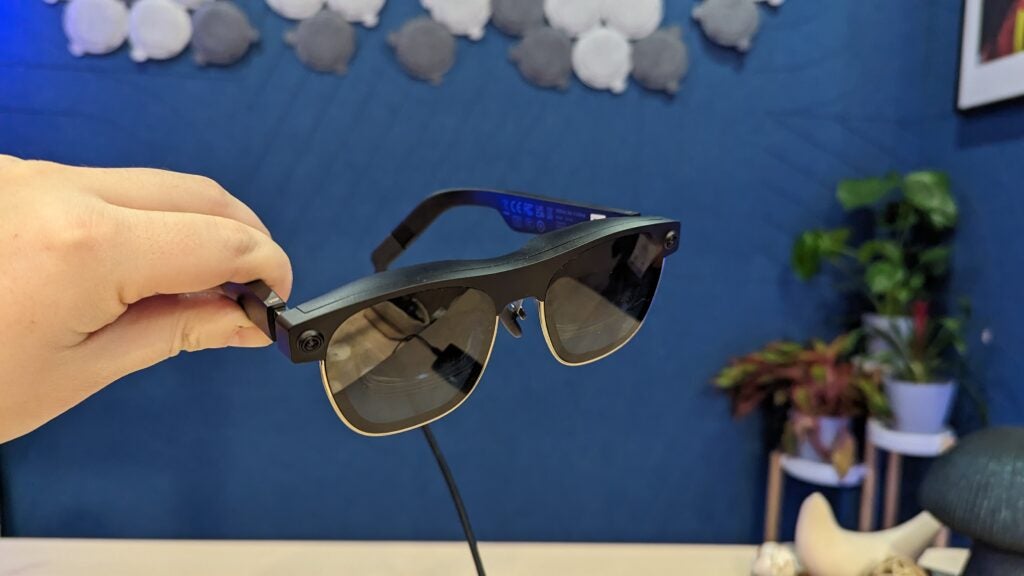
This is why the Xreal Air 2 Ultra are so impressive, taking the form of a pair of glasses that could easily get lost in a Ray-Bans store. The arms of the glasses are slender, with the name of the product printed on the inner side.
Just like any pair of spectacles, they rest upon your ears in order to stay fixed on your face, with three positions you can switch between to find the best fit.
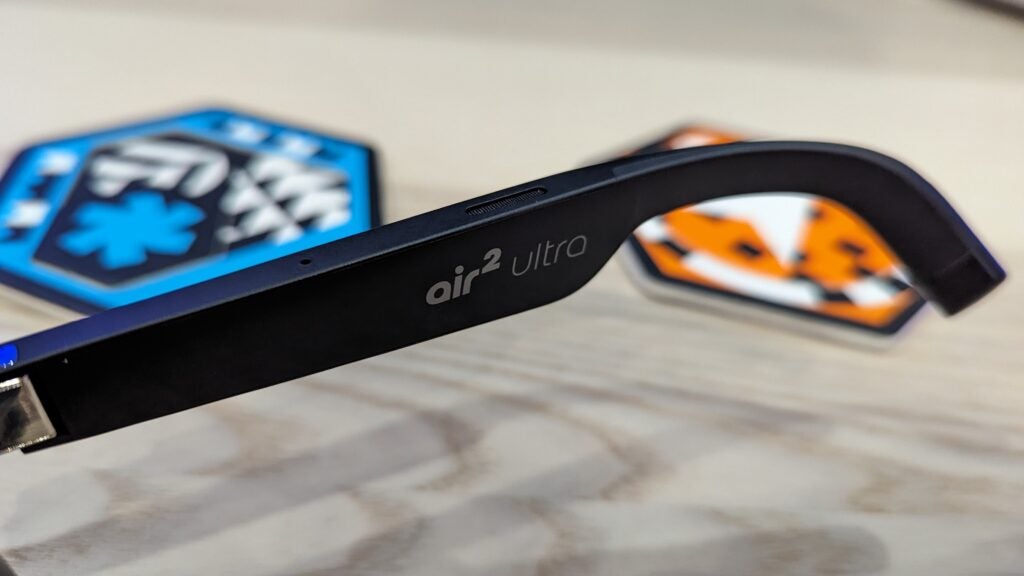
They only weigh 80 grams, and so can most likely hug your face for hours without causing discomfort. Xreal has used titanium for the frame of the glances, striking a great balance between durability and weight.
Face the front of the glasses, and you’ll notice cameras embedded into the rim just above the lenses. These are the 3D environment sensors, making it possible to track your hand and head movements. It’s these sensors that make the Xreal Air 2 Ultra stand out from the competition, elevating them from a simple monitor replacement, to a spatial computing accessory that you’d be able to carry out numerous tasks via simple hand gestures.
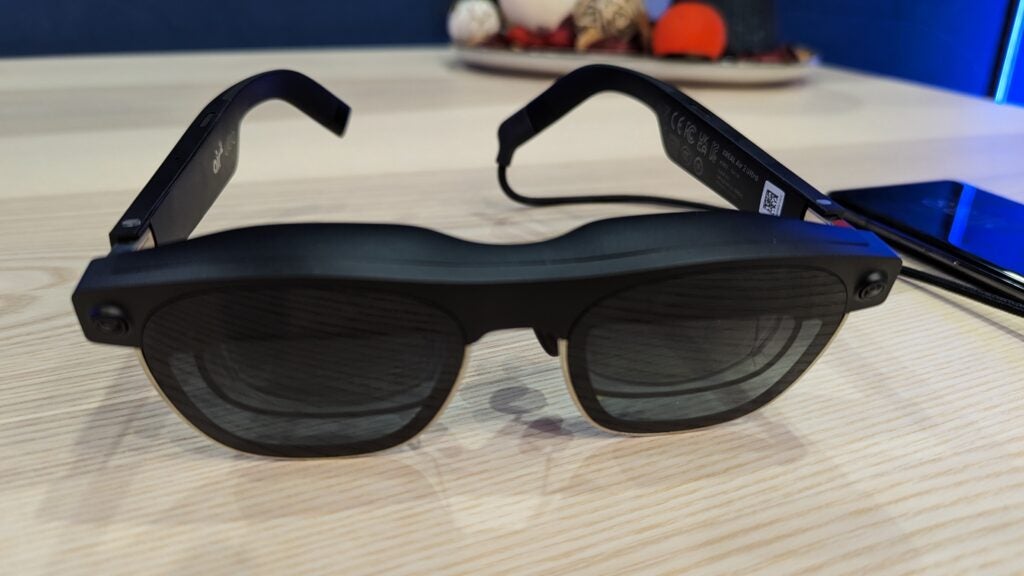
Two speakers and two microphones are built into the glasses, allowing you to communicate on an online call without having to bother with headphones. I went hands-on with the glasses at a busy convention centre, so I was unable to test these features, although Xreal claims it has worked hard to prevent sound leakage to prevent other people in a room from listening in.
Specs and Performance
- Features Micro OLED screen technology
- Full HD resolution per eye
- Needs to be plugged into external device
The Xreal Air 2 Ultra may look basic, but these glasses are actually stuffed with impressive technology. For the screen, it uses a Micro OLED display, which is the same technology Apple is using for the Vision Pro.
The Xreal glasses are limited to a Full HD (1920×1080) resolution per eye however, so won’t be quite as sharp as the 4K display of Apple’s competing headset.
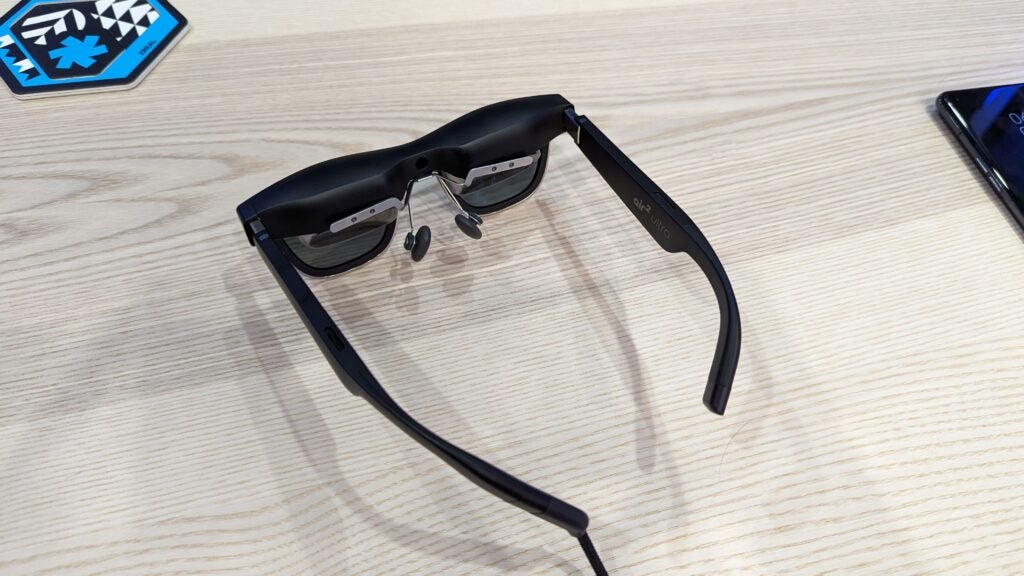
Nevertheless, I was impressed with the quality of the Xreal Air 2 Ultra. I watched short demos of Avatar, Despicable Me and Life of Pi movies, with added 3D effects to crank up the immersion. I found it easy to read text too, and colours appeared bright thanks to the high 500-nit support. The refresh rate comes in at a high 120Hz too.
Navigating menus was very simple, requiring me to pinch my fingers together to open an app or tweak a setting. The glasses can even interact with inanimate objects via the sensors. For the demo, I was given simple cardboard buttons and switches that can be used to navigate the headset’s dashboard. These cardboard accessories apparently won’t be available with the headset at launch, but it illustrates the vast potential of the Xreal Air 2 Ultra.
In terms of software, I was restricted to the main dashboard, which Xreal says isn’t the final version. It worked pretty smoothly though, allowing me to open widgets for a weather forecast and personal calendar.
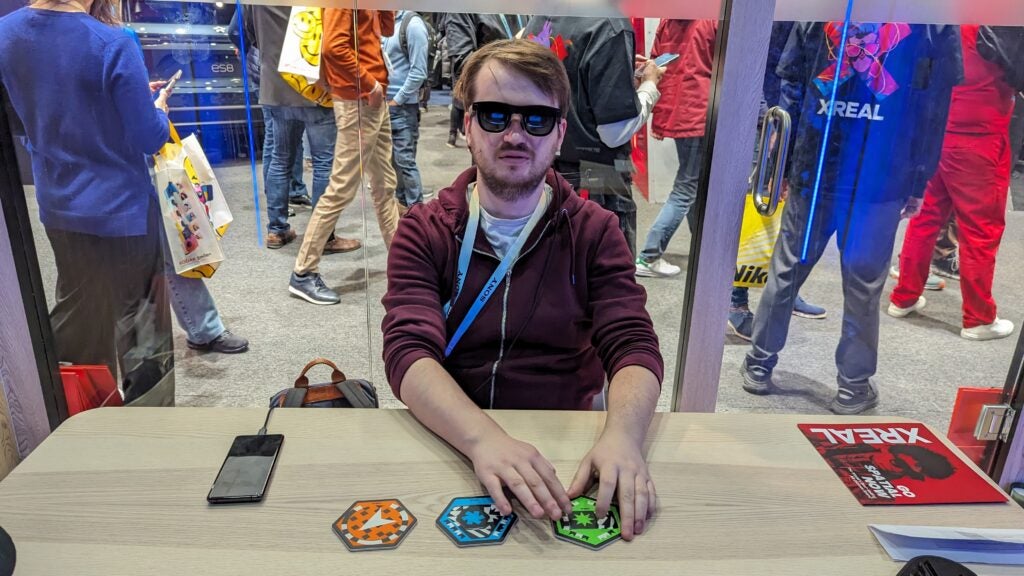
I was unfortunately unable to try anything more complex, such as typing on a virtual keyboard, engaging in a video call or even playing a game. That means I’m going to hold judgement on performance until we receive a review model.
My biggest reservation about the Xreal Air 2 Ultra is that it needs to be plugged into an external device – such as a smartphone – in order to function. Not only is there no battery built into the glasses, but there’s no computing chip either. That shouldn’t come as a surprise, as it’s currently impossible to fit those extras into such a small pair of glasses. But it’s this difference that makes the larger Apple Vision Pro a more appealing product.
Xreal says the glasses are compatible with numerous devices, including (but not restricted to) Macs, Windows PCs, Samsung Android phones and the iPhone 15. Xreal has confirmed that it will be launching a custom computing unit in the future, which should provide a better AR experience, but it’s strange that this important component won’t be available at launch.
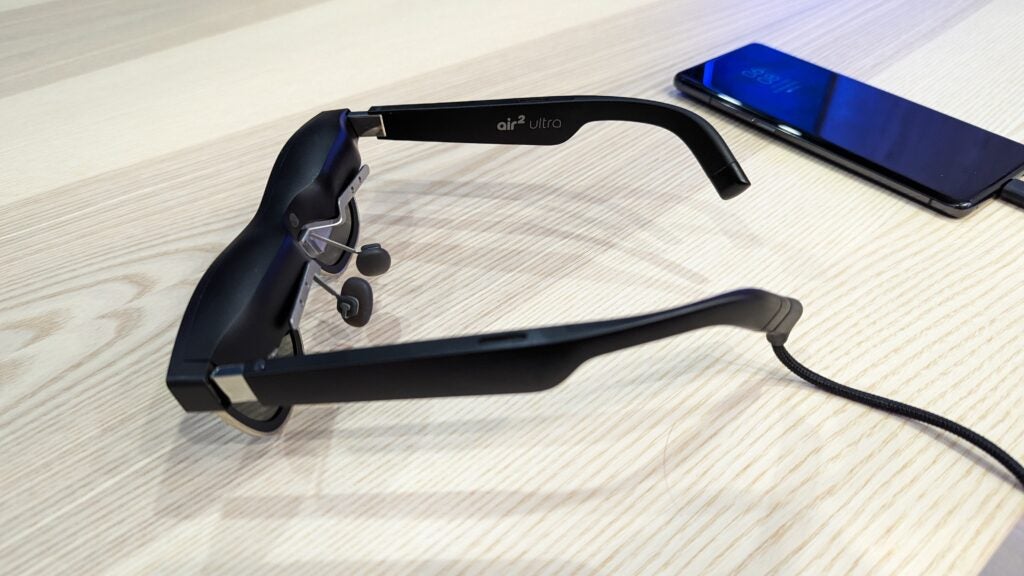
Screen mirroring is supported for virtually anything with a USB-C connection, including iPhone, Android, MacBook, Steam Deck, ROG Ally and Windows PC. This will allow you to use the Xreal glasses as an external display for these devices.
Like with any AR device, success for the Xreal Air 2 Ultra will be dependent on the software. Aside from a work-in-progress dashboard and watching a few clips of some 3D movies, I was unable to try out any fully fledged applications. Xreal is keen to get more developers creating apps for the hardware, and will soon be launching the Xreal AR Lab to make the technology more accessible.
Early Verdict
The Xreal Air 2 Ultra is one of the most impressive AR wearables I have tried yet. Lightweight glasses that can produce a virtual display are nothing new, but the addition of the 3D sensors opens up a lot of opportunities for AR experiences and spatial computing.
The surprisingly affordable $699 price makes them a lot more accessible than the likes of the upcoming Apple Vision Pro. Although reliance on external devices and uncertainty surrounding software could hold it back. Nevertheless, I’m seriously impressed by the Xreal Air 2 Ultra, and I can’t wait for the full release in March 2024.

